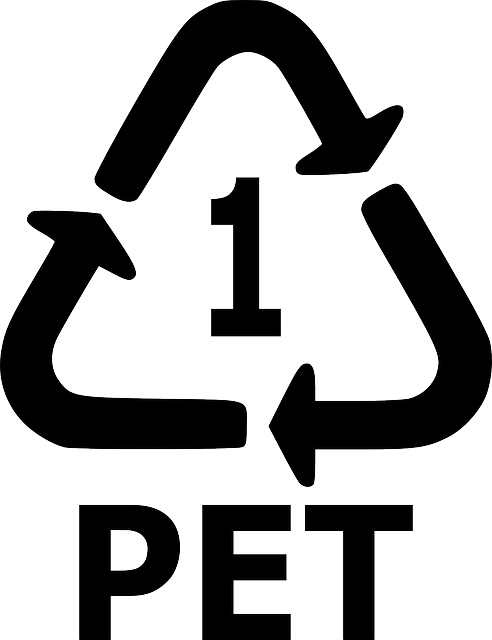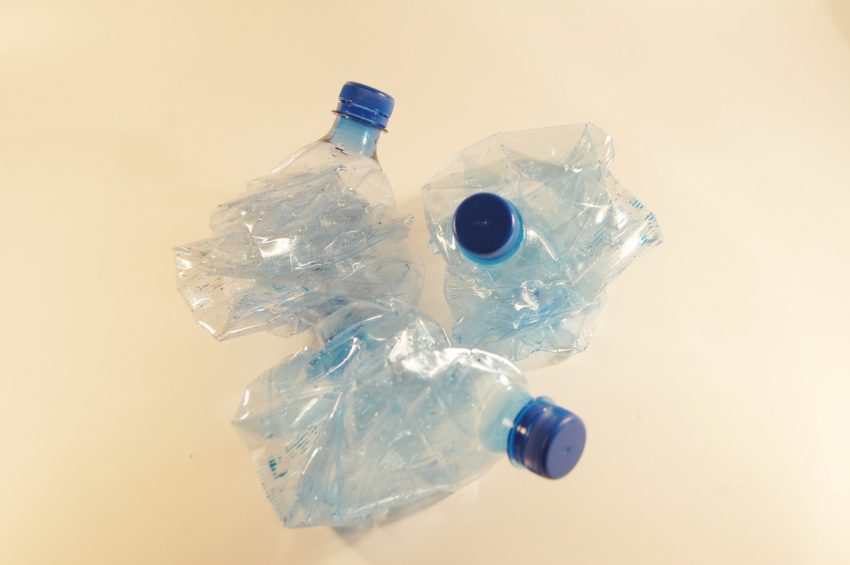In today’s world, where environmental consciousness is becoming increasingly important, recycling has taken center stage. It’s common knowledge that recycling plastics is a significant step toward preserving our planet, but it’s equally essential to know which plastics can and cannot be recycled. Let’s delve deeper into the world of plastics and explore the nuances of recyclability.
The Plastics Landscape

Plastics are everywhere in our daily lives, from the water bottles we carry to the packaging that surrounds our food and household products. To make informed recycling choices, it’s crucial to understand the various types of plastics and their recycling possibilities.
1. PET (Polyethylene Terephthalate)
PET plastics, indicated by the #1 resin code, are a success story in recycling. They are widely used for beverage bottles, food containers, and even some clothing. The good news is that these plastics are easily recyclable. However, it’s essential to rinse them out and remove any caps before placing them in the recycling bin. This small effort significantly contributes to efficient recycling.
2. HDPE (High-Density Polyethylene)
HDPE plastics, marked with the #2 resin code, encompass items like milk jugs, shampoo bottles, and detergent containers. Similar to PET, HDPE plastics are readily recyclable. A quick rinse is all that’s required to prepare them for recycling.
3. PVC (Polyvinyl Chloride)
PVC plastics, bearing the #3 resin code, are often found in pipes, certain plastic furniture, and blister packaging. Unfortunately, recycling PVC is a more complex process, and it’s important to avoid mixing it with other recyclables. While PVC is used for various applications, its recyclability is limited in comparison to PET and HDPE.
Plastics That Pose Challenges
4. LDPE (Low-Density Polyethylene)
LDPE plastics, identified with the #4 resin code, make up products like plastic bags, some food wraps, and six-pack rings. Although they can be recycled, not all recycling facilities accept them. To ensure your LDPE plastics find a second life, it’s advisable to check with your local recycling center for specific guidelines.
5. PP (Polypropylene)
PP plastics, designated by the #5 resin code, find their place in items such as yogurt containers, bottle caps, and kitchenware. Generally, these plastics are recyclable, but, as with LDPE, it’s crucial to verify with your local recycling center, as some facilities may not accept them.
Plastics That Are Often Unrecyclable
6. PS (Polystyrene)
Polystyrene, often referred to as Styrofoam, poses a considerable recycling challenge. Labeled with the #6 resin code, it is typically not accepted in most curbside recycling programs due to its low recyclability. It’s best to seek alternatives or explore specialized recycling options in your area if you wish to reduce Styrofoam waste.
7. Other/Resin Codes
Plastics with the “Other” or miscellaneous resin codes, including #7, can be tricky to recycle. These miscellaneous plastics comprise items like some plastic cutlery and toys. For proper disposal, consult your local recycling guidelines or explore creative solutions for their reuse.
Proper Recycling: A Key Responsibility
Recycling isn’t merely a matter of tossing items into a bin. It’s about doing it right. Contamination, where non-recyclable materials infiltrate recycling streams, can hinder the recycling process. To ensure the effectiveness of your recycling efforts, make it a habit to rinse and clean your plastics, remove labels, and adhere to local recycling guidelines.
The Art of Repurposing
Even plastics that are not easily recyclable can find new life through creative repurposing. Consider using plastic containers as storage solutions, or get innovative with do-it-yourself projects. By reimagining the use of these plastics, you can contribute to waste reduction and environmental sustainability.
Embracing Plastic Reduction and Sustainable Alternatives
Beyond recycling, reducing plastic waste is a crucial aspect of environmental conservation. Switch to reusable containers, water bottles, and shopping bags to minimize your dependence on single-use plastics. Explore eco-friendly alternatives to commonly used plastic products, such as bamboo toothbrushes, cloth shopping bags, and glass food storage containers. By adopting these sustainable alternatives, you can play an active role in reducing plastic waste and supporting a healthier planet.
In conclusion, understanding the recyclability of different plastics is a fundamental step in minimizing our environmental impact. While some plastics are easily recyclable, others pose challenges due to their composition and local recycling facility policies. By properly sorting and cleaning recyclables, following local recycling guidelines, and embracing creative repurposing, we can contribute to a cleaner and more sustainable environment. Remember, reducing plastic waste and choosing eco-friendly alternatives are equally important steps in the journey toward a more eco-conscious and responsible future. Together, we can make a significant difference in preserving our planet for generations to come.
Curiosity Links:
- Within the article, we discuss the challenges of recycling Polystyrene (Styrofoam). Discover more about the impact of Styrofoam on the environment in this in-depth article.
- While exploring plastic reduction, we mention using eco-friendly alternatives to common plastic products. Dive deeper into eco-friendly alternatives and how they can benefit the environment in this insightful piece.

